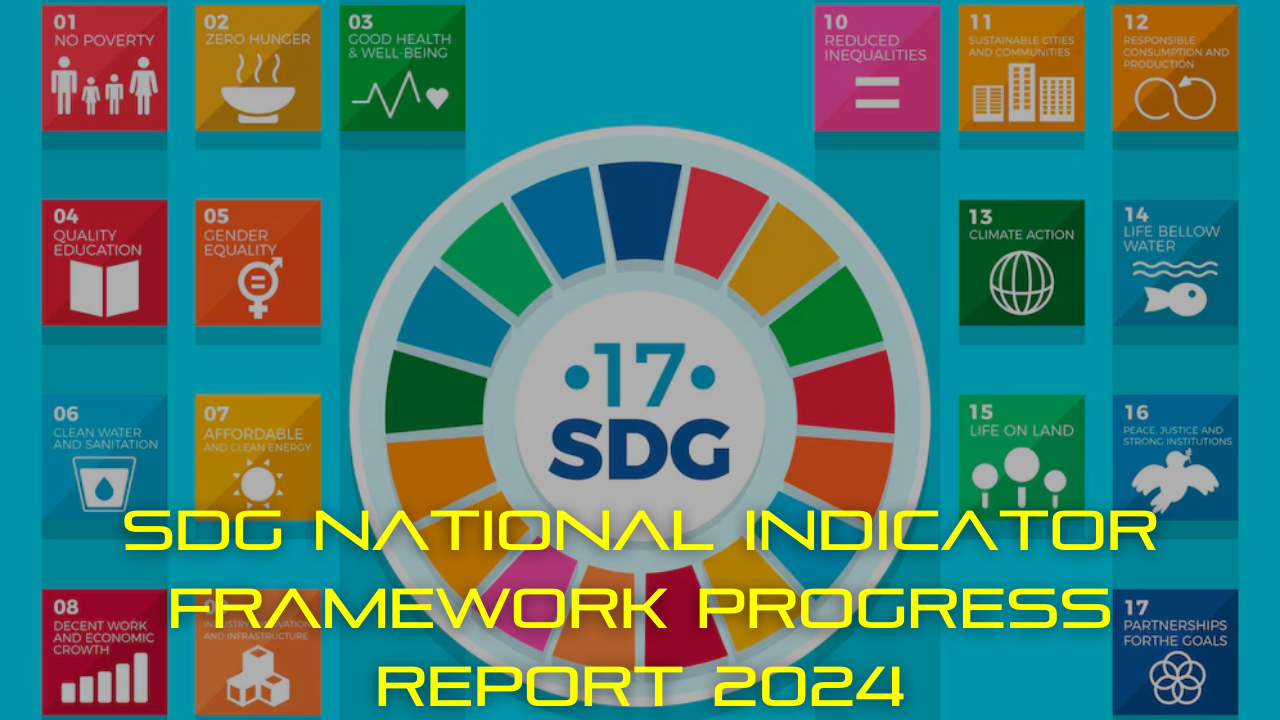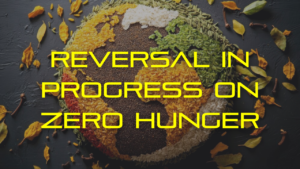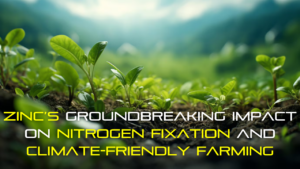Font size:
Print
SDG National Indicator Framework Progress Report 2024
Context: On the 18th Statistics Day, observed on June 29th, 2024, the Ministry of Statistics and Programme Implementation unveiled the Progress Report on the Sustainable Development Goals – National Indicator Framework for the year 2024.
Introduction to SDGs:
- The UN General Assembly adopted the “2030 Agenda for Sustainable Development” in 2015, outlining 17 SDGs and 169 targets.
- These goals address global challenges such as poverty, inequality, climate change, environmental degradation, peace, and justice, aiming for a sustainable future for all.

India’s Commitment:
- India has committed to these goals and developed a national framework for monitoring progress.
- This involves extensive collaboration with various ministries, departments, and UN organisations to adopt globally recognised indicators and refine national indicators.
Progress Highlights:
- SDG 1 (No Poverty): Significant progress has been made in reducing poverty, though challenges remain in certain areas.
- Proportion of people living in poverty decreased from 24.85% (2015-16) to 14.96% (2023-24).
- Self-Help Groups (SHGs) with bank credit linkage increased from 18.32 lakh to 44.15 lakh.
- SDG 2 (Zero Hunger): Efforts are ongoing to enhance food security and promote sustainable agriculture.
- Gross Value Added in agriculture per worker increased from ₹61,427 to ₹87,609.
- SDG 3 (Good Health and Well-being): There have been improvements in health outcomes, but more needs to be done to address all health-related targets.
- Maternal Mortality Ratio declined from 130 per 100,000 live births (2014-16) to 97 (2018-20).
- Under-five mortality rate declined from 43 per 1,000 live births (2015) to 32 (2020).
- SDG 4 (Quality Education): Progress in education has been noted, especially in enrollment rates, but quality and access issues persist.
- Gross Enrolment Ratio in higher secondary education increased from 48.32 (2015-16) to 57.60 (2021-22).
- SDG 5 (Gender Equality): Gender equality initiatives have shown positive trends, though disparities remain in various sectors.
- Exclusive women SHGs in bank-linked SHGs increased from 88.92% to 97.53%.
- SDG 6 (Clean Water and Sanitation): Access to clean water and sanitation has improved, yet rural and underserved areas require further attention.
- Rural population using improved drinking water sources increased from 94.57% to 99.29%.
- SDG 7 (Affordable and Clean Energy): Advances in renewable energy adoption are highlighted, supporting sustainable energy access.
- The installed renewable energy generating capacity in the country has shown a steady increase in value from 63.25 watts per capita in 2014-15 to 136.56 watts per capita in 2023-24.
- SDG 8 (Decent Work and Economic Growth): Economic growth and employment opportunities have increased, aiming for inclusive growth.
- Credit to MSMEs rose from Rs 12.16 trillion (2015-16) to Rs 22.6 trillion (2022-23).
- SDG 9 (Industry, Innovation, and Infrastructure): Infrastructure development and innovation are key areas of focus.
- Number of patents issued increased from 6,326 (2015-16) to 103,057 (2023-24).
- SDG 10 (Reduced Inequalities): Efforts to reduce inequalities are ongoing, targeting various social and economic dimensions.
- Budget allocation for SCs and STs increased from 2.86% to 6.19%.
- SDG 11 (Sustainable Cities and Communities): Urban development initiatives are underway to create sustainable and resilient cities.
- Wards with 100% door-to-door waste collection increased from 43% to 97%.
- SDG 12 (Responsible Consumption and Production): Steps are being taken to promote sustainable consumption and production patterns.
- Waste recycling plants increased from 829 (2020) to 2,447 (2024).
- SDG 13 (Climate Action): Climate action plans are being implemented to mitigate and adapt to climate change.
- There has been a 24% reduction in the emission intensity of GDP compared to the 2005 level.
- SDG 14 (Life Below Water) and SDG 15 (Life on Land): Conservation efforts for marine and terrestrial ecosystems are progressing.
- The Maximum Sustainable Yield in fishing has increased from 3.078 million tonnes per year in 2015-16 to 5.311 million tonnes per year in 2023-24.
- The forest cover as a percentage of the total geographical area has increased from 21.34% in 2015 to 21.71% in 2021.
- SDG 16 (Peace, Justice, and Strong Institutions): Strengthening institutions and promoting justice and peace are key priorities.
- SDG 17 (Partnerships for the Goals): Emphasis on partnerships and collaborative efforts to achieve the SDGs.
Challenges:
- Gender Wage Gap: The wage gap for informal labourers widened from Rs 96 (2017-18) to Rs 178 (2022-23).
- Hazardous Waste: Unsafe waste generated per capita increased from 7.19 metric tonnes (2017-18) to 9.28 (2022-23).



